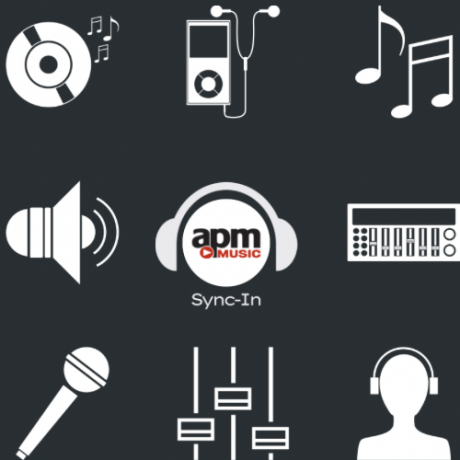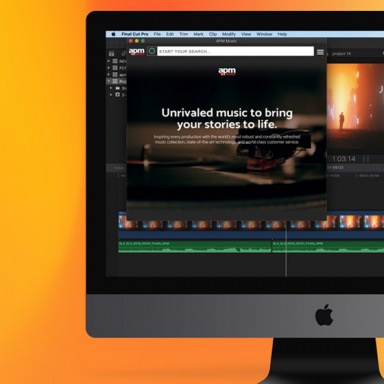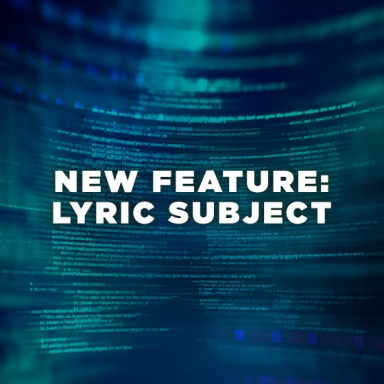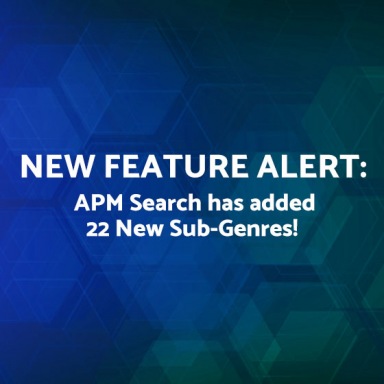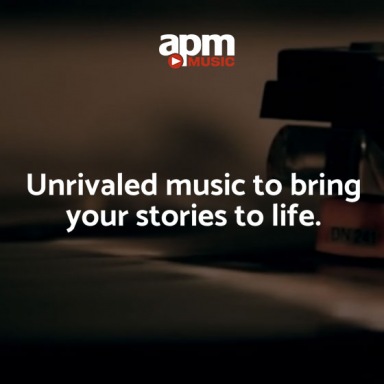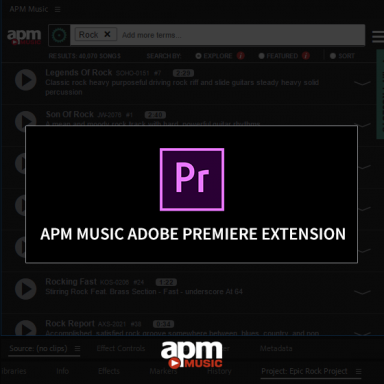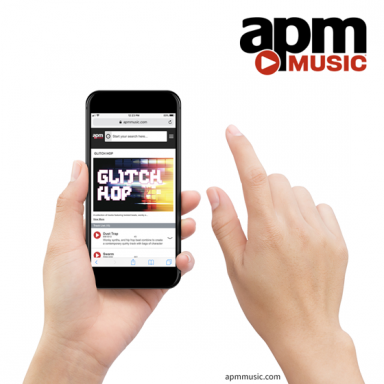Sync-In: Why Brands Are Investing In Original Sound Marketing For Short Form Video Content
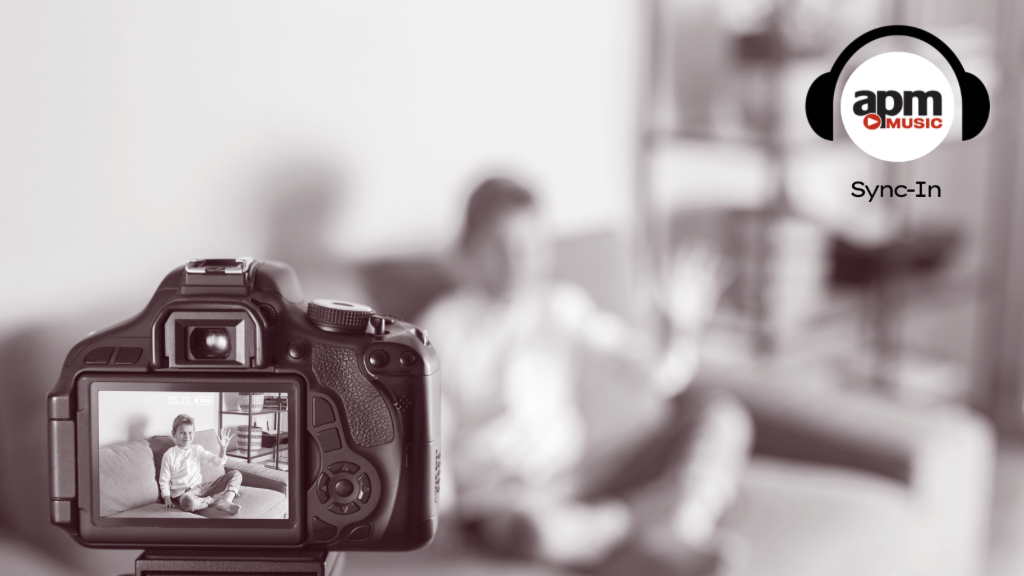
If the internet is the wild west, then Short Form Video Content are the cowboys. Now that digital marketing has evolved far beyond banner ads and promoted Tweets and includes content creators on social media, streaming services, and video platforms, brands have more ways to get their messages across. Consider, for instance, some statistics about the power and popularity of short-form video in 2022: It has already become the most popular form of social media, with an estimated 1.6 billion (!) people using this video style to communicate.
These days, Short Form Video Content accounts for 80% of mobile data in North America and has grown to account for 40% of all video content on social media. It made up 90% of all internet traffic in 2022, and then, there are the ad revenue dollars. Experts predict the revenue made from the short-form video will exceed $10 billion by the end of this year. With all that in mind, it makes perfect sense that brands have decided to invest in one of the key aspects that makes a short-form video pop—the sounds. Particularly on TikTok, the reigning social media platform for this content style, a viral sound can make videos pop up much higher in the algorithm to get more viewers, which, for brands, leads to more exposure, more ROI, and, likely, more sales.
How are brands making their way into the sound marketing space? By teaming up with creators or artists who already have a following of their own. For instance, Pepsi tapped Chloe Bailey to release a new version of “Footloose” for a TikTok dance challenge. Pizza Hut asked TikToker Jon Moss, who has over seven million followers, to help them write a Detroit-inspired tune. Or there’s American Eagle, who partnered with “TikTok singer” Katherine Lee on a customized version of her original song, “Keep Happening,” to use for back-to-school videos.
Because songs on the platform often have licensing requirements, they can be tapped by individual users but not used by brands, who would need advertising access. That barrier is part of what powers these original sounds to get made. And if the song or sound in question goes viral, it can directly correspond to sales for a brand. The trick is for a sound to go viral naturally via user-generated content, which is much more appealing to other users than something that’s clearly designed as an ad.
“It’s all a throwback, but a new version of the jingle,” said Ryan Dettert, the CEO of an influencer marketing firm called Influential. Dettert thinks retailers can use sound marketing on the app and that brands creating original sounds will become a new norm. “A lot of dances go along with certain sounds because he becomes the lyricist, who becomes the UGC [user-generated content] Moment. It will become more and more prevalent and necessary. There’s no way that’s going to go in the opposite direction.”
Even so, brands must be careful that their attempts at entering the world of original sound marketing don’t come off as corny or trite. “If you’re not actually plugged in, you’ll probably be using sound the wrong way,” said Ali Fazal, VP of marketing for creator management platform Grin. “You can create content that doesn’t feel completely authentic. The amazing thing about TikTok and the algorithm is that there is no predictability. That’s why each brand needs a very diverse manufacturer management strategy to be successful.” He added that when brands are using a marketing campaign that’s clearly sponsored, it just doesn’t resonate. Even if blurring the line between advertisements and content is still controversial, as rules about branded content and sponsored posts are still evolving, these types of covert strategies tend to perform better.
A huge part of the growth in the Short Form Video Content sector has been due to the widespread adoption of TikTok in America, which took off stateside during the pandemic and continues to surpass mainstream contemporaries like SnapChat and Instagram. The way users can record their own voice as a sound, and use it in their own video or in subsequent clips, is a super powerful feature that TikTok was ahead of the curve with. “TikTok’s voice has been important from the start,” said CEO of Influencer Marketing Factory and co-founder Alessandro Bogliari. “Brands can really use this to their advantage as the algorithm tries to advance what is working.”
For brands who are looking to get into the original sound marketing world, working with a production music company like APM Music is a great place to start. Unlike commercial music, the catalog that APM owns is all sounds, songs, and snippets already designed to soundtrack ads, TV, and film, so it effortlessly translates to short-form video. Check out some of APM’s offerings that are specifically geared toward the short-form video world and what’s trending on TikTok.

